Paralysis Attack: What Triggers It and How Can It Be Treated?
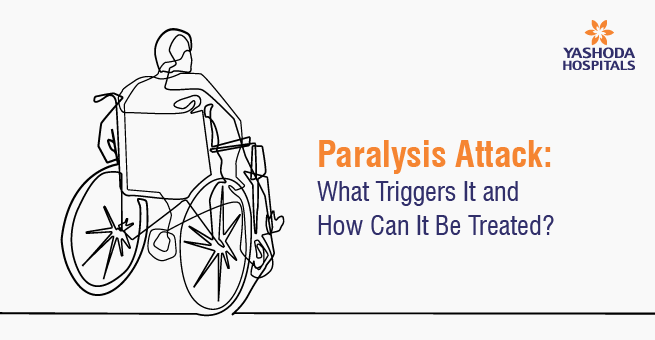
Paralysis, characterized by muscle stoppage or lack of sensation, remains a prevalent health issue these days. There are many reasons that would account for this. Though technology has progressed enough to help in the treatment of the conditions, paralysis affects millions all over the world. For those who live with such conditions and their caregivers, it is important to know the causes, what effects, and how it can be treated. This blog will elaborate further on paralysis and its causative factors, symptomatology, as well as management.
What is Paralysis Attack?
A paralytic attack is the sudden loss of control over muscles, and most of such attacks are caused by conditions that can be treated. Among these are strokes, spinal injuries, and other ailments of the nervous system. Such attacks would disrupt the nerve impulses that cause muscle activity, thus shutting off muscles temporarily or permanently. The extent, duration, and even nature of paralysis depend on the location of the injured area and the intensity of the condition in the nervous system.
The network of nerves in the body relays impulses from the brain to the muscles, causing movement. An interruption anywhere along the neural pathways prevents them from conducting signals to the muscles, which cannot then contract on demand. Paralysis can be selective, affecting one limb or progressing through other parts of the body. Medical attention needs to be available quickly for someone experiencing such paralysis.
Types of Paralysis
Researchers categorize generalized paralysis depending on the severity of the paralysis:
- Diplegia: Paralysis occurs in the same body area on both sides. For example, there is paralysis in both arms, legs, or any other side of the face.
- Hemiplegia: This is the paralysis confined to one side of the body where an arm and a leg on the same side are usually paralyzed.
- Monoplegia: One cannot move one limb, either an arm or a leg.
- Paraplegia: Paralysis has an effect on both legs and sometimes the torso.
- Quadriplegia (Tetraplegia): All limbs are paralyzed. Patients with quadriplegia may have little or no movement from the neck down.
Paralysis also tends to be subdivided into two according to the place of injury in the nervous system:
- Flaccid: Your muscles become flabby and shrink.
- Spastic : Contract of the muscles results in involuntary jerkings and spasms (spasticity).
Paralysis can be classified based on the degree of nerve injury and potential recovery into:
- Complete paralysis: This refers to the complete absence of muscle movements voluntarily.
- Incomplete paralysis: This refers to partial mobility in the paralysed muscles.
Paralysis Attack Symptoms
If one has paralysis, they are unable to move some or all of the parts of the body, partly or fully. Apart from these, they could lose some or all of the sensation in these parts of the body. This can occur suddenly with strokes and spinal cord injuries. Early symptoms of paralysis include muscle weakness, numbness, coordination issues, and loss of sensation. However, symptoms develop gradually in some people. Some of the common signs and symptoms of paralysis attack include;
- A gradual loss of sensation or control
- Parts of one’s face or body begin to feel difficult to move
- Weakness or floppiness with sharp nerve pain
- Unintentional trembling, shaking, or spasming of muscles
- Vision issues
- Abnormal or slurred speech
- Cramps
- Numbness or tingling in extremities
- Stiffness
- Difficulty in urination and more
What is the Reason for Paralysis?
The main reason for paralysis is the damage to the nervous system. This kind of damage may arise as a consequence of several paralysis attack reasons, such as stroke, spinal injury, multiple sclerosis, infections, tumors, or even some medications. The types of paralysis will be varied in each case depending on the paralysis attack reasons. Some of the common causes of paralysis attacks are:
- Spinal cord trauma or injury: This involves disruption of the sensitive tissue within the spinal cord, which interferes with transmission between the brain and body parts that are controlled by parts below the injury level.
- Strokes: Ischemic strokes develop when blood supply to the body is cut off, killing the cells of the brain responsible for movement, while hemorrhagic strokes develop due to bleeding within the brain that compresses areas responsible for movement coordination.
- Neurotoxins: The neurotoxins cause nerve damage, such as lead, arsenic, and mercury, to mention a few.
- Compression: Compression of nerves by elements such as herniated discs, tumors, or injuries blocks signal transmission to the related part of the body .
- Autoimmune diseases: These are caused by the mistargeting of antibodies that destroy nerve insulation or other components, hence disrupting cell signaling.
- Diseases: Diseases like multiple sclerosis, Parkinson’s, and polio attack the nerves, sometimes being paralytic.
- Infections: Infections due to viruses or bacteria cause inflammation, which disrupts neural signaling.
Note: The exact recognition of the causes of paralysis plays a major role in treating the individual with effective strategies and management.
Paralysis Complications
Paralysis can impact various organ systems along with the breathing rate and cardiac rhythm in the affected areas; further, different types of paralysis will make individuals susceptible to certain secondary complications:
- Breathing, coughing, and possible pneumonia
- Blood clots and DVT (Deep-Vein Thrombosis)
- Dysphagia, or trouble speaking or swallowing
- Mental stress or depression.
- Impotence or other sexual disorders.
- High (autonomous dysreflexia) or low (orthostatic hypotension) blood pressure with heart condition.
- Loss of bladder or bowel
- Open sores that become infected; also termed pressure ulcers or sepsis
Diagnosis of Paralysis Attack
Paralysis diagnosis involves the following tests in order to diagnose the exact cause of paralysis:
- X-rays: They can show fractured bones, which could lead to nerve damage.
- Imaging tests: These include a CT scan or an MRI for checking on the possible signs of stroke, brain injury, or spinal cord injury.
- Whole body scan: A whole-body imaging scan provides images of bones, muscles, and tissues of your body.
- EMG: An electromyogram, or EMG, is a measure of the electrical activity of the nerves and muscles.
- Spinal tap: A lumbar puncture tests the spinal fluid for infection, inflammation, and several conditions.
- Nerve function tests: This is done to assess the electrical signaling.
- Blood tests: This test gives the data regarding the muscle enzymes and antibodies.
Paralysis Attack Treatment
The treatment measures are aimed at the preservation of functional nerve pathways and the restoration of the lost ones. The following are some of the treatment measures for the paralysis attack:
- IV fluids and corticosteroids reduce the swelling of the spinal cord following the acute injury.
- By surgery, it gets the damaged vertebrae and disc areas to allow decompressing the pinched nerves.
- Draining infections relieves the irritation of the nerves due to infections and allows the conductivity.
- Plasmapheresis filters out the antibodies attacking the nerves in the case of autoimmune conditions.
- Muscle strengthening and retraining of nerve pathways through physical and occupational therapy.
- Mobility aids provide assistance in order to retain the movement.
The other supportive therapies or treatments depend on the cause of paralysis and the effect that one has. The doctor might suggest the rehabilitation with the following assisted aids in some cases:
- Assistive equipment like wheelchairs, scooters, crutches, and canes
- Orthotics/Prosthetics, including braces
- Voice-controlled equipment
- Adaptive equipment
Recovery from Paralysis Attack
The paralysis attack recovery time is influenced by several factors, including the cause of the paralysis, the severity of paralysis, and the patient’s health status. In some situations, fast recovery is possible, as in other cases it takes time and is not easy. Many people with paralysis can often recover partially or completely after the proper treatment and rehabilitation. Nevertheless, recovery will depend on the exact situation.
When to Seek help from a Doctor
Numbness, weakness, discomfort, or any other sudden loss of coordination should be treated as an emergency, and immediate medical help should be sought. These may be the early signs of a paralysis attack.
This is to say that early diagnoses and treatments need to be initiated timely in order to minimize the effects of the attack and to improve the prognosis. Therefore, do not hesitate to call for an ambulance or to go to the hospital if such symptoms persist in you or someone that you know.
Conclusion
There is no doubt that paralysis is a problem that can alter a person’s way of life. Nonetheless, with proper healthcare and physical therapy, many paralyzed persons are capable of enhancing their lifestyle and even retrieving their independence. In case you or someone you know is suffering from signs of paralysis, medical attention should be given as soon as possible. Timely identification of the condition and intervention can promote healing and improve the prognosis of the condition as well.
Yashoda Hospitals in Hyderabad provides comprehensive care for patients suffering from paralysis attacks, utilizing a team of neurologists, neurosurgeons, and rehabilitation specialists to diagnose and treat various causes of paralysis, including stroke, spinal cord injuries, and neurological disorders, thereby improving their quality of life.
Have any questions or concerns about your health? We’re here to help! Call us at +918929967127 for expert advice and support.
About Author –
Dr. Mohan Krishna Narasimha Kumar Jonnalagadda
MBBS, MD (Internal Medicine), DM (Neurology)

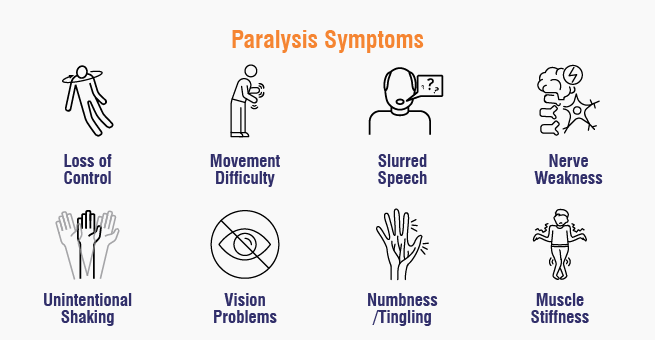
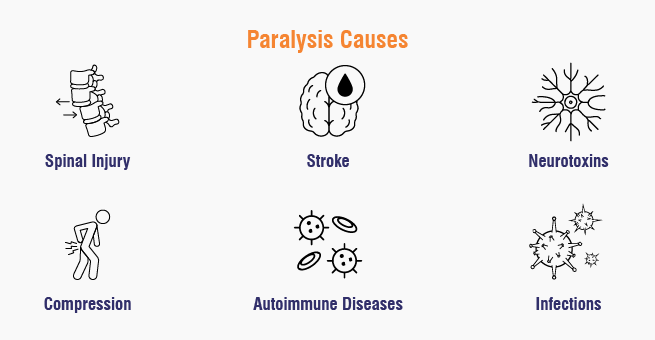




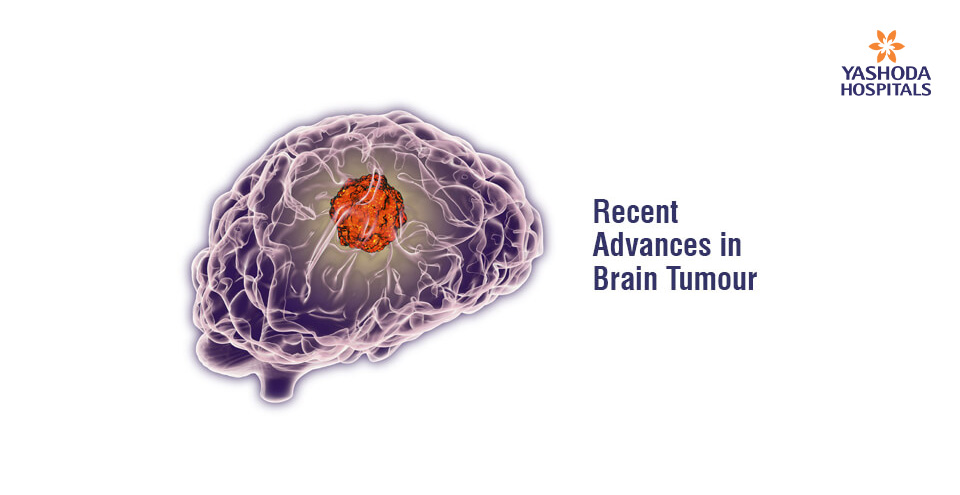
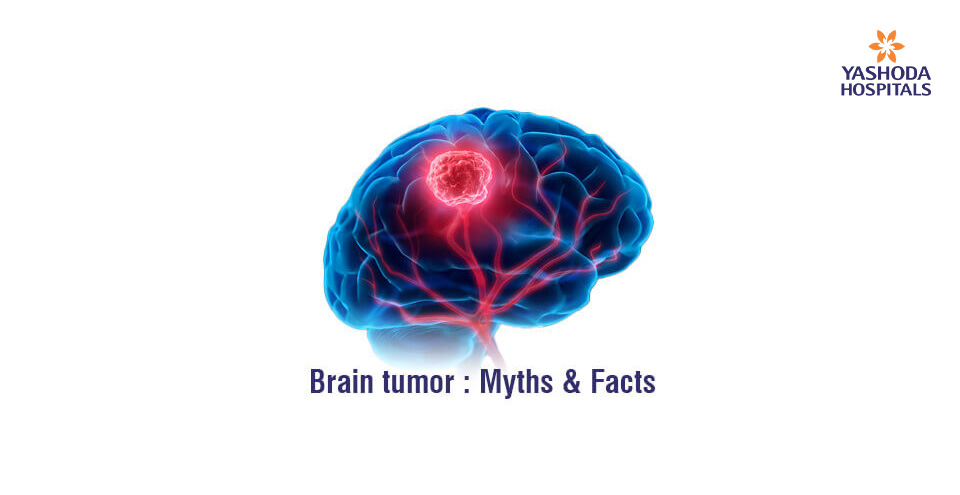
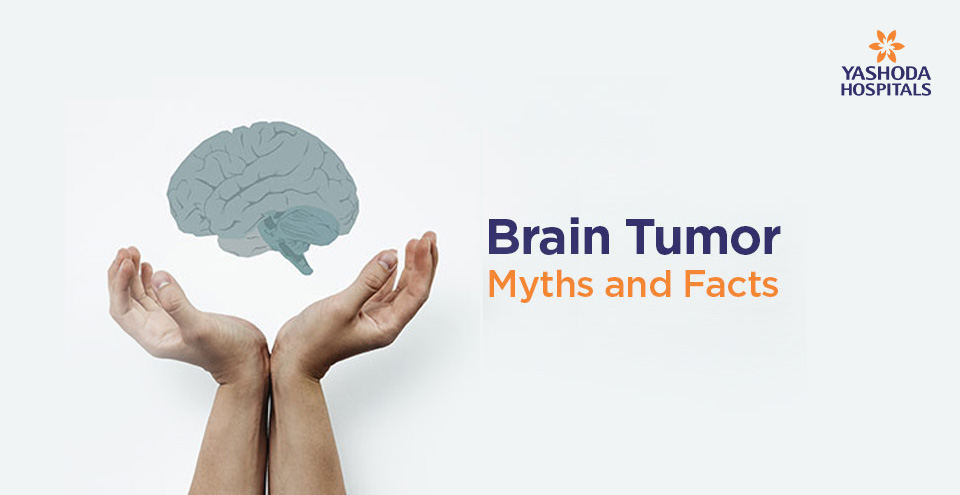
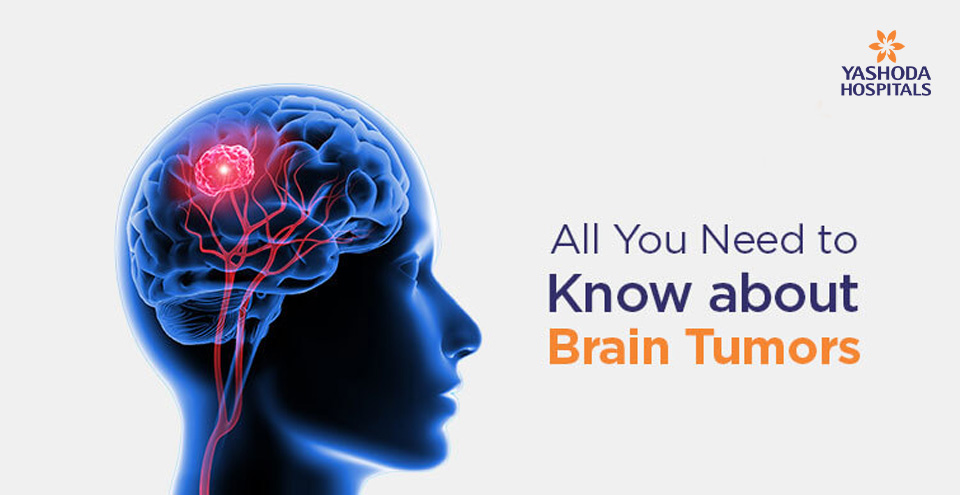
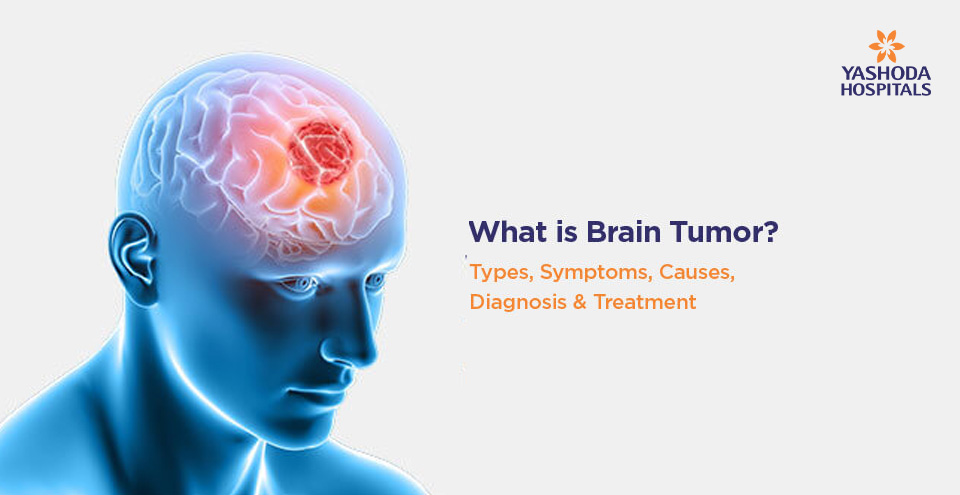
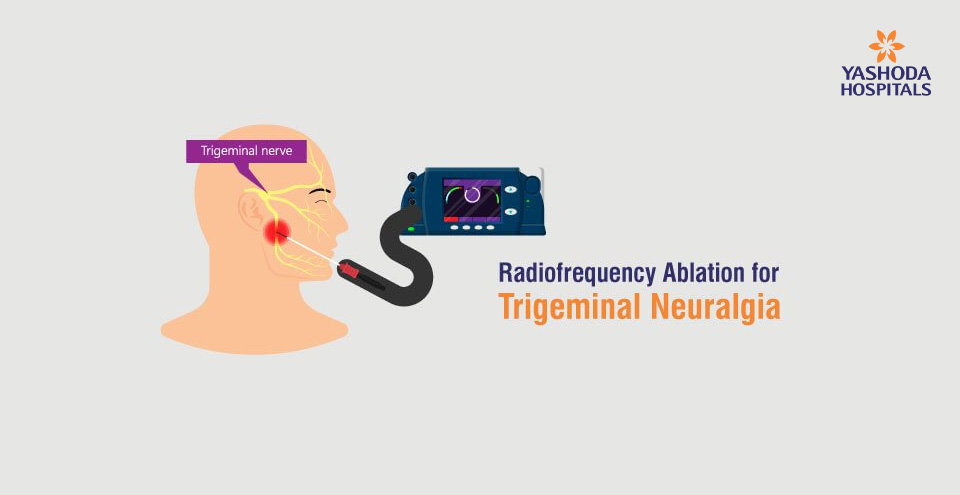





 Appointment
Appointment WhatsApp
WhatsApp Call
Call More
More

